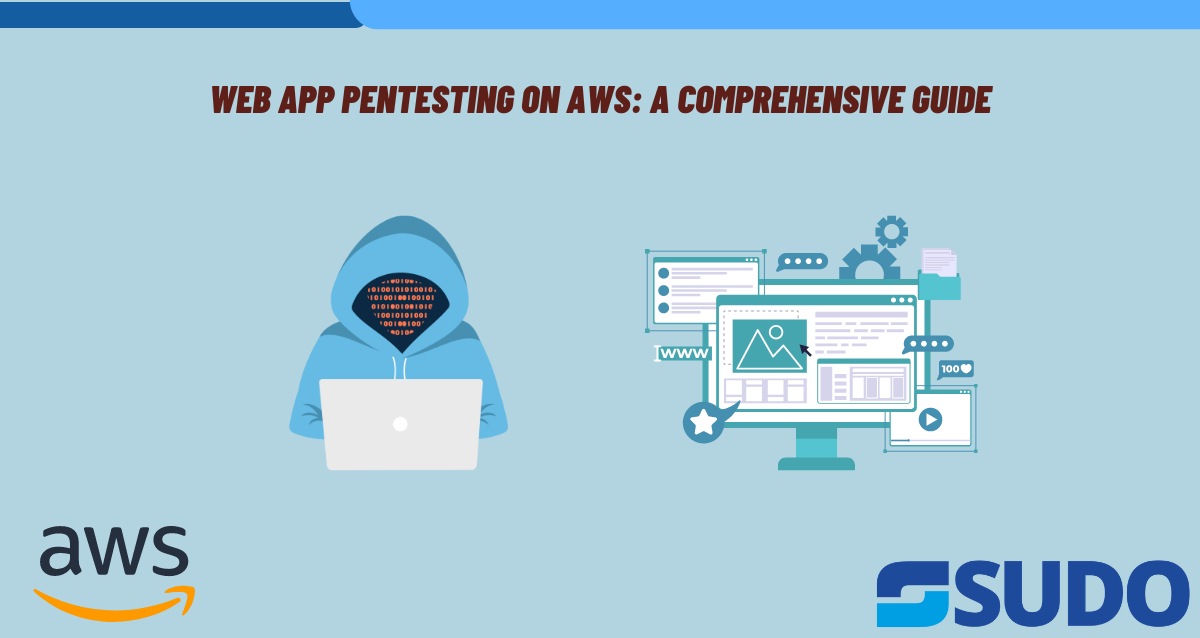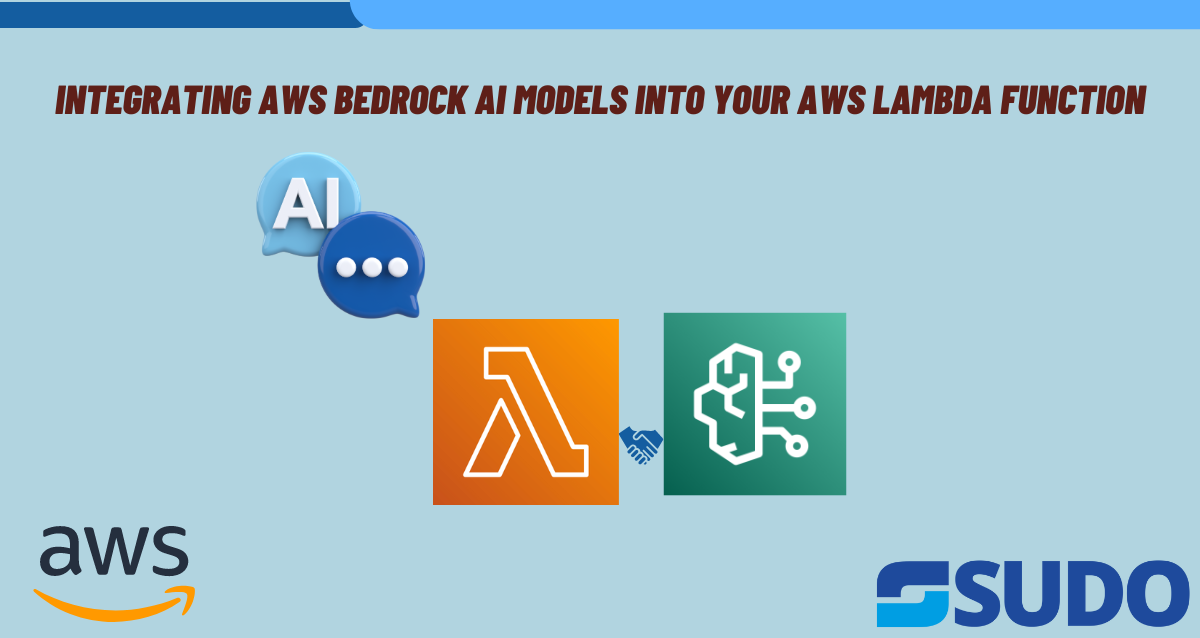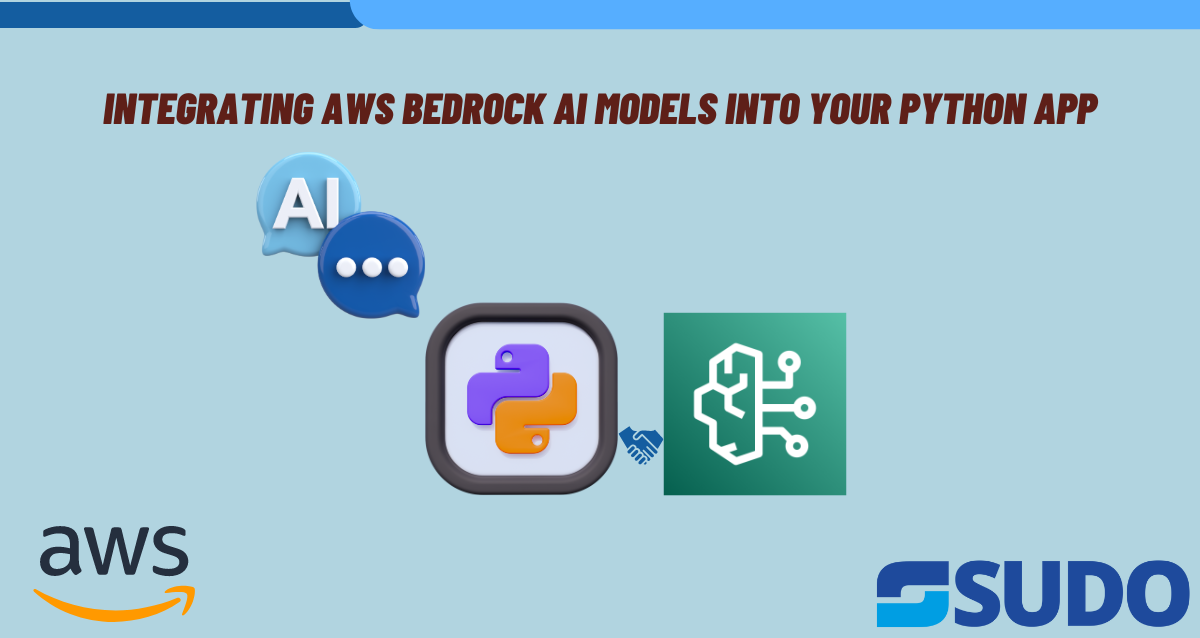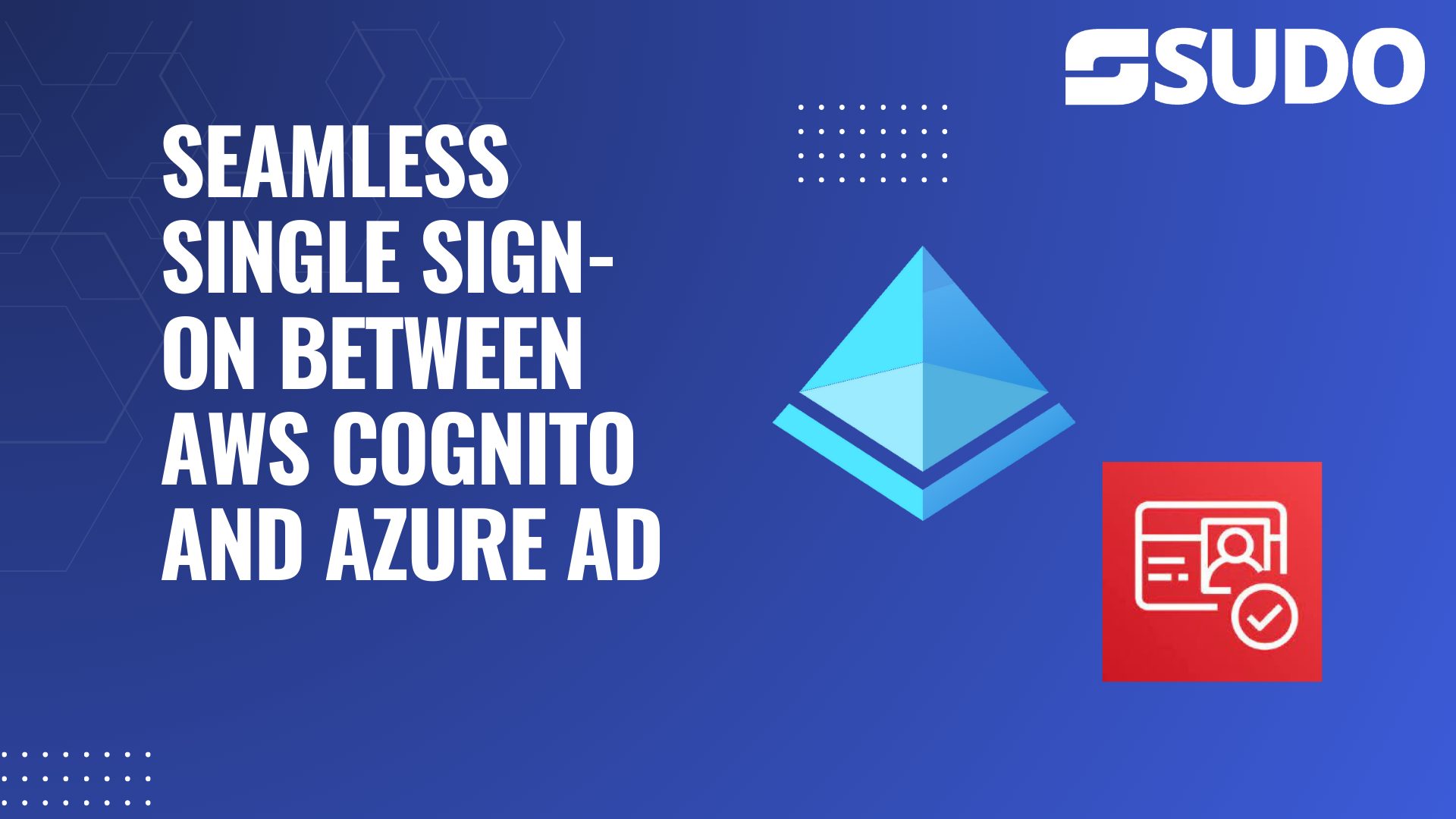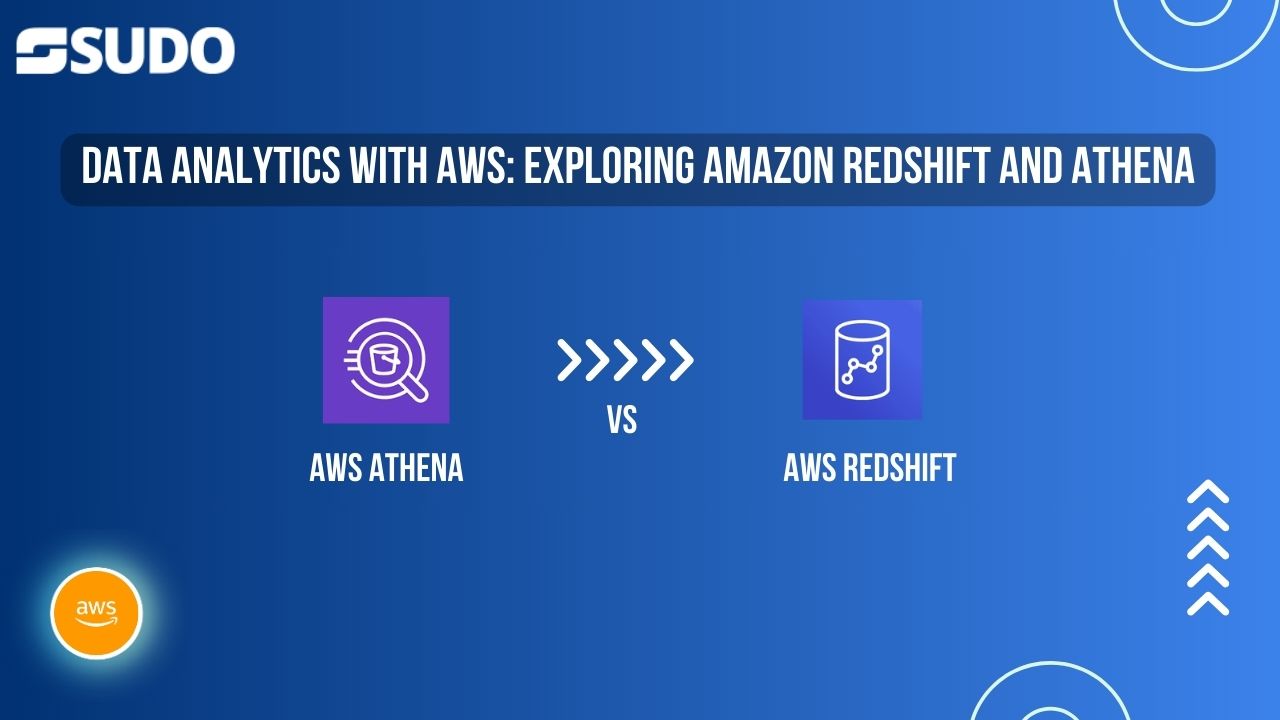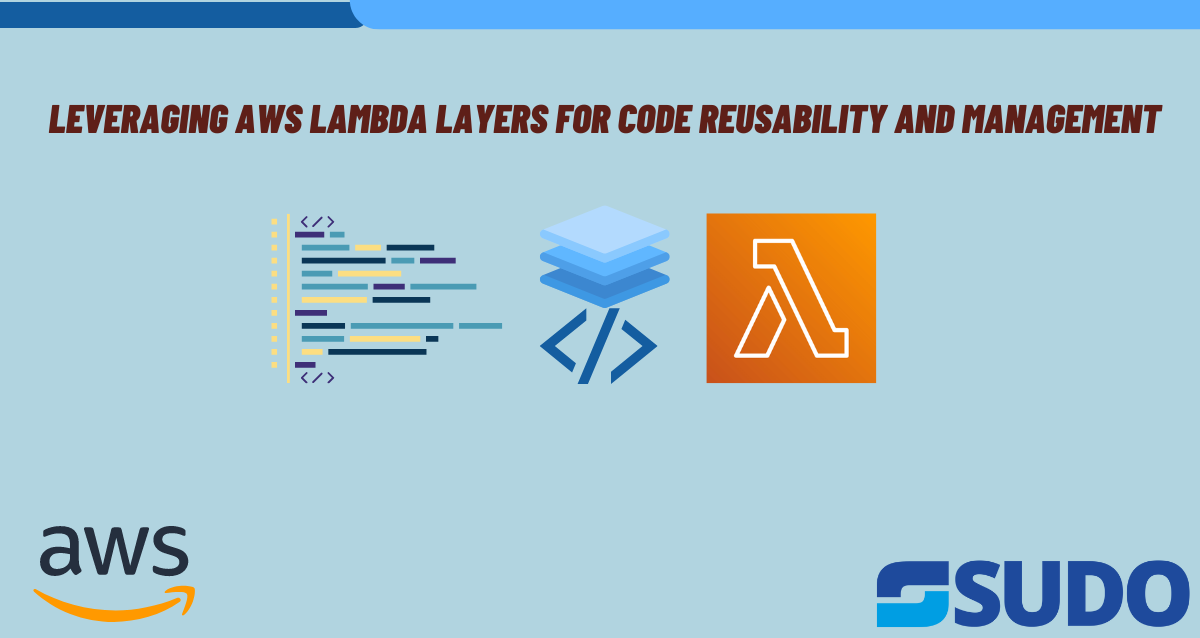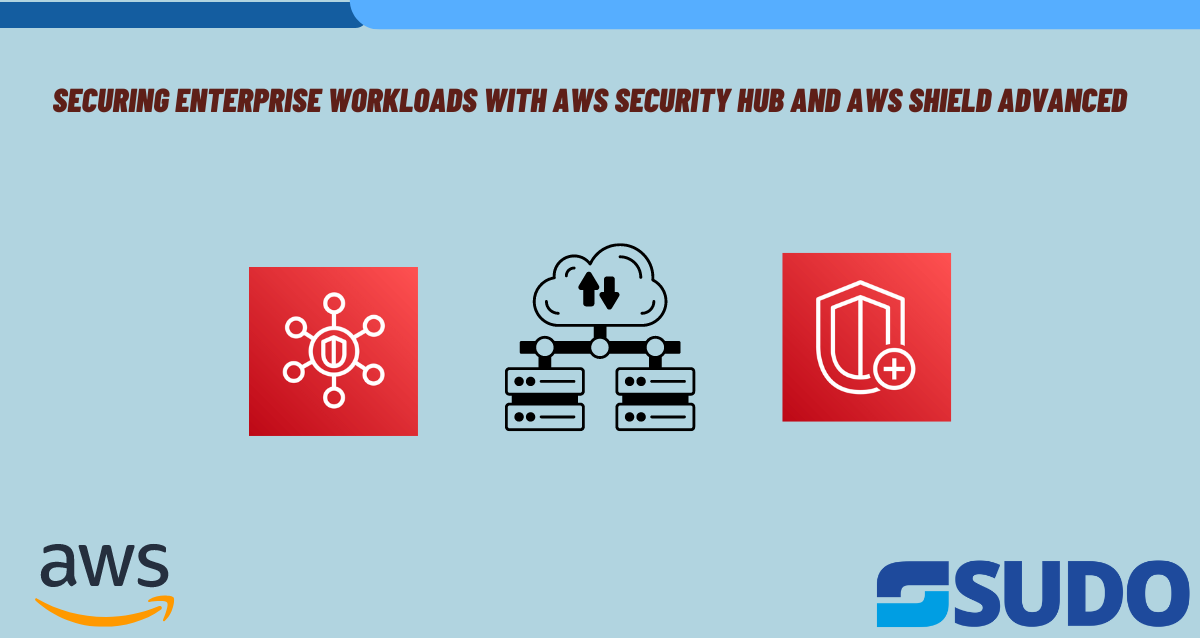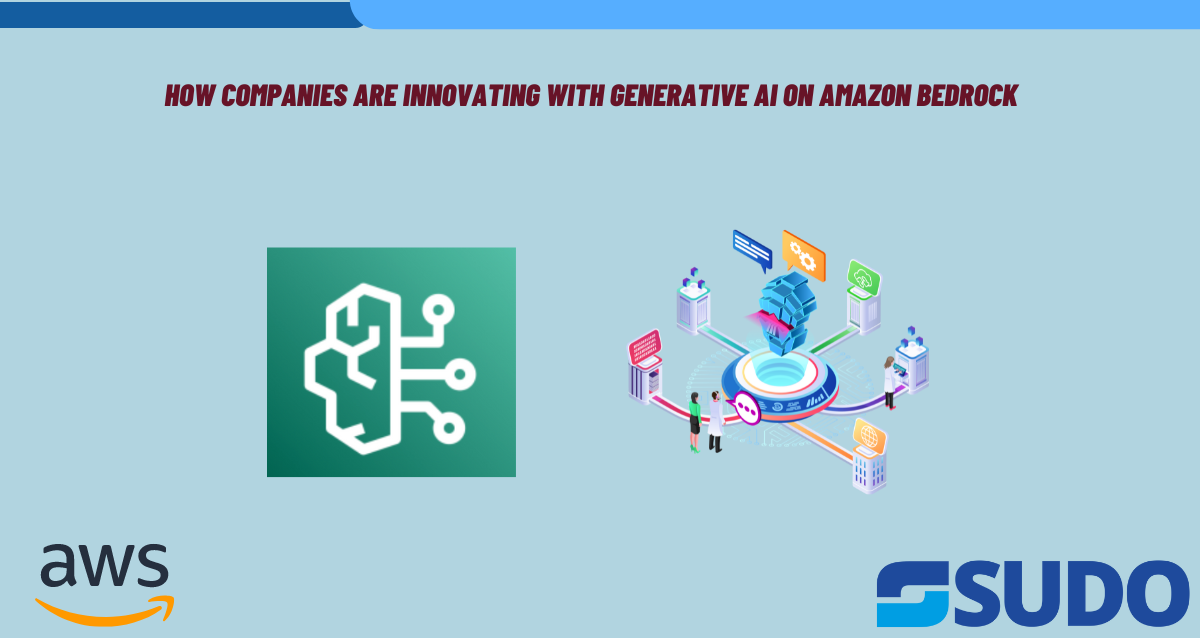Overview Web application security is important, since data has to be kept integral, confidential, and available. In the present day, where the cyber threat keeps rising, securing web applications against vulnerabilities is important to ensure all the above. Penetration testing is proactive, and vulnerabilities can be found and fixed before any exploitation can occur from […]
Introduction The semiconductor industry has a huge challenge in the design and testing of chips due to the complexity in modern chip architectures, the increasing demand for improved performance and energy efficiency, and the urgency of innovation to meet the changing demands in different applications. In this light, the industry must deal with large data […]
There might be many cases in which you might want to integrate generative AI capabilities into your application. One way to do this is by leveraging aws bedrock APIs. Amazon Bedrock is a fully managed service that offers a choice of high-performing foundation models (FMs) from leading AI companies like AI21 Labs, Anthropic, Cohere, Meta, […]
Integrating AWS Bedrock AI Models into Your Python App There might be many cases in which you might want to integrate generative AI capabilities into your application. One way to do this is by leveraging aws bedrock APIs. Amazon Bedrock is a fully managed service that offers a choice of high-performing foundation models (FMs) from […]
Introduction That’s added to the rate of growth experienced by the gaming sector, thanks to technological innovation and an increasing use of digital platforms. All of this is combined with a very important shift towards cloud services in the gaming industry, dealing with issues of scalability, flexibility, and cost, which are very basic, considering the […]
Ever wished your users could access all your applications with just one login? Single Sign-On (SSO) makes that dream a reality! This blog dives into SSO and guides you through implementing it with AWS Cognito and Azure AD. This blog will teach you how to use AWS Cognito and AzureAD to establish Single Sign-On on […]
What is Data Analytics Data analytics is the function of analyzing huge amounts of data to find patterns, trends, correlations, and insights that may be utilized to make better business choices. It includes collecting, organizing, converting, and analyzing data in order to extract useful data and support decision-making processes. Data analytics interprets data and generates […]
Introduction We will discuss serverless architecture changes and fundamentally how a developer can deploy and manage applications. Lambda abstracts the underlying infrastructure, enabling the developer to focus on code itself. In this case, the operational overhead is reduced, and the development cycles quickly speed up. This new serverless computing model speeds up application development, helps […]
Introduction The world of technology is ever evolving at an unprecedented pace. Enterprises are migrating their workloads to the cloud to benefit from agility, scalability and cost-efficiency. However, with this migration comes the imperative need for robust security measures to protect sensitive data, applications and infrastructure from evolving cyber threats. Cloud Service Providers (CSPs) like […]
AI is seeing widespread adoption across industries and business functions, and is reshaping how companies operate. From marketing to human resources, AI is being used throughout organizations to automate tasks, improve data analytics, and make smarter decisions more quickly. Artificial intelligence (AI) makes it possible for machines to learn from experience, adjust to new inputs […]

